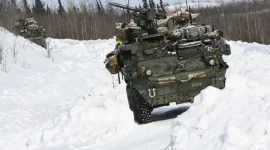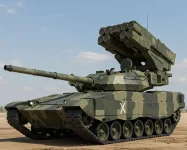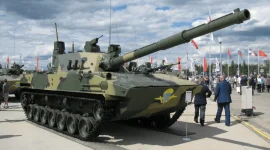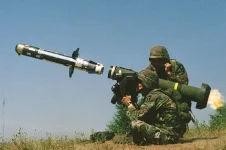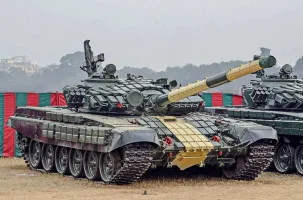- Views: 985
- Replies: 2
In a strategic effort to upgrade its battlefield capabilities, the Indian Army has commenced the procurement process for advanced battlefield reconnaissance drones.
This move underscores the Army's ongoing commitment to integrating cutting-edge technologies to improve real-time understanding of operational areas and enhance the precision of its combat operations.
The primary goal of this procurement is to provide frontline military units with tactical unmanned aerial systems (UAS). These systems are designed to deliver immediate surveillance, assist in identifying targets, and supply crucial reconnaissance information within challenging and intricate operational settings.
This initiative is a key component of the Army's wider agenda to transform into a network-centric force with greater transparency on the battlefield. Such modernisation is crucial for making informed decisions swiftly in dynamic combat scenarios.
These newly acquired reconnaissance drones are anticipated to be deployed at the company and battalion levels. This deployment strategy directly supports India’s developing Integrated Battle Group (IBG) doctrine, which prioritises rapid movement, operational flexibility, and decentralised decision-making.
IBGs are brigade-sized, self-sufficient combat formations, equipped with elements from various arms like infantry, artillery, and air defence, designed for quick mobilization (12-48 hours) and tailored to specific threats, terrains, and tasks.
By providing tactical intelligence, surveillance, and reconnaissance (ISR) capabilities directly to local commanders, the Army aims to shorten response times, improve targeting accuracy, and bolster the safety of its troops.
The drones are deemed especially suitable for operations across India's varied and demanding terrains. This includes high-altitude zones such as Ladakh, as well as regions affected by counter-insurgency activities in Jammu & Kashmir and the Northeast. In these areas, clear visibility, maintaining line-of-sight, and the ability to gather intelligence quickly are vital for the success of military missions.
Reinforcing its dedication to the 'Atmanirbhar Bharat' (self-reliant India) policy, the Indian Army is set to prioritise indigenous drone developers and defence technology startups.
Procurement will likely follow established routes such as Make-I (government-funded prototype development), Make-II (industry-funded prototype development), or the Fast Track Procedure (FTP) to ensure operational requirements are met by Indian companies.
A number of Indian enterprises, some supported by the Innovations for Defence Excellence (iDEX) platform and nurtured by premier defence research organisations like the Defence Research and Development Organisation (DRDO), have been actively involved in creating lightweight reconnaissance UAVs.
These indigenous systems are engineered to operate effectively in difficult landscapes and under adverse conditions. Companies such as IdeaForge, Tata Advanced Systems Ltd., and Adani Defence Systems and Technologies are among those contributing to India's growing drone manufacturing ecosystem.
The introduction of these reconnaissance drones is poised to act as a significant force multiplier, addressing critical gaps in tactical intelligence, surveillance, and reconnaissance.
They will empower units on the ground with the capacity to identify enemy movements, evaluate terrain features, and monitor hostile actions, even in isolated or dangerous environments, thereby providing a crucial edge.
Key capabilities expected from these drones include:
- Advanced electro-optical and infrared sensors capable of high-resolution imagery for both day and night operations.
- Secure and encrypted real-time transmission of data to ground control stations and command headquarters.
- Compact designs, allowing for man-portable systems or deployment from vehicles.
- Operational flight times typically ranging from 60 to 120 minutes, based on the specific model and mission profile.
- Autonomous flight capabilities, including pre-programmed mission paths and an automatic return-to-base function for safety and retrieval.

